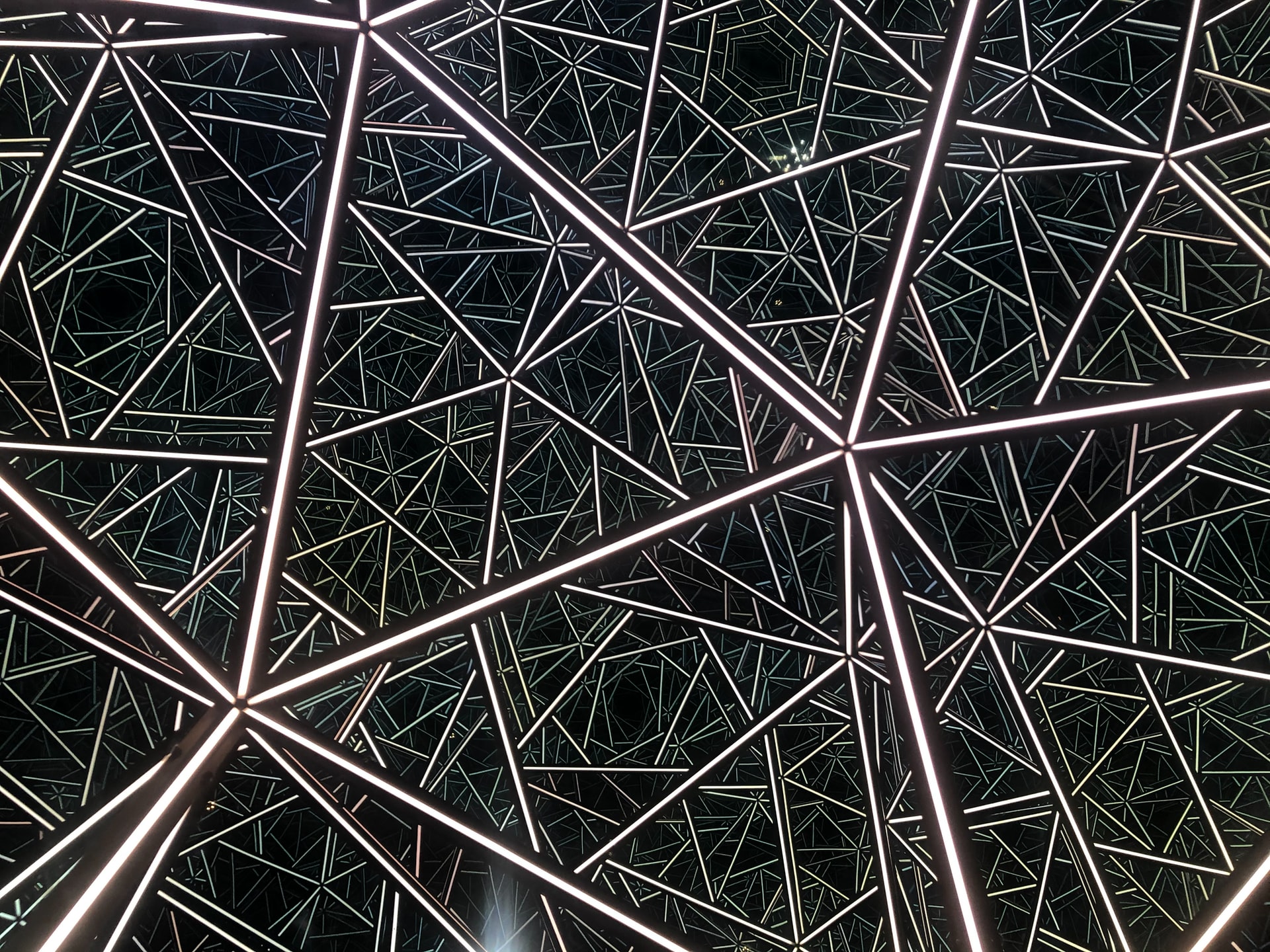Do you need a MakerSpace at school?
Chris Anderson (2012) former editor-in-chief of Wired magazine, defined the maker movement as “a new industrial revolution.” This new era is characterised by three main elements: the use of digital desktop tools, the sharing and online collaboration culture and the use of common design standards to facilitate sharing and fast iteration.
In a MakerSpace there are many ways to create things and ideas using new manufacturing techniques with computer aided machinery. These techniques were originally found only in industry, but in recent years, they have increasingly reached private individuals through Fablabs and MakerSpaces.
The “Maker Movement Manifesto” describes makers’ activities and mind-sets organized around nine key ideas: make, share, give, learn, tool up (i.e., secure access to necessary tools), play, participate, support and change. Embedded in the Making Culture, there is the possibility to evolve and make changes to this definition giving the possibility to include the creation of tangible and intangible outputs, all oriented to produce effects in a real offline context.
Makerspaces are communities of practice constructed in a physical place set aside for a group of people to use it as a core part of their practice, a collaborative work space inside a school, library or separate public/private facility for making, learning, exploring and sharing that uses high tech to no tech tools. These spaces are open to kids, adults, and entrepreneurs and have a variety of maker equipment including 3D printers, laser cutters, soldering irons and even sewing machines.
Experts state that a maker class experience at school provides a wealth of opportunities for students, but how can you determine if a makerspace is needed at your school? How eventually can be integrated in your school?
Mentioned below are some tips which might help you.
Step number one: let’s determine if a makerspace is needed at your school
Here below some simple questions to answer, elaborated by the National Inventors Hall of Fame, the organisation leader in the promotion of creativity and the spirit of innovation and entrepreneurship in the field of education.
- Does failure slow or stop creativity in students?
- Could students expand their perspectives by learning about expression and unique learning styles?
- Can we improve real-world applications of classroom lessons to strengthen comprehension?
- How would more hands-on learning benefit curiosity and innovation?
- Can we increase exposure to the 21st century skills needed for success?
If you answered yes to all the questions, a makerspace can provide the opportunities you are looking for to enhance learning at your school.
Step number two: let’s figure out which strategy can be used to implement makerspace at your school
A makerspace can be integrated directly into a classroom setting or it can be established in a dedicated location. Regardless of where the space is located, the key is creating a space that provides opportunities for: collaboration, learning, sharing, testing, questioning, experimenting and innovating.
If you don’t have funds for that, you can simply ask to a makerspace that is in near your area.
We hope this article can increase your curiosity about “maker education” which can be an effective approach for making lessons more relevant and motivating.


